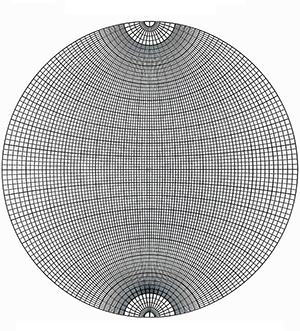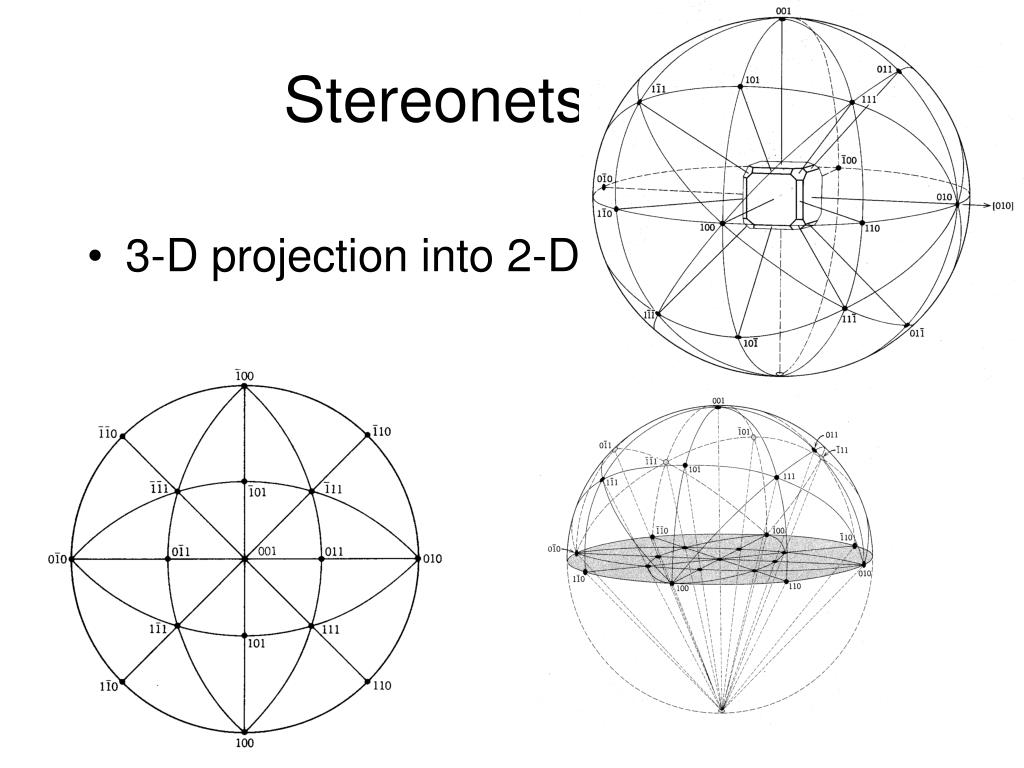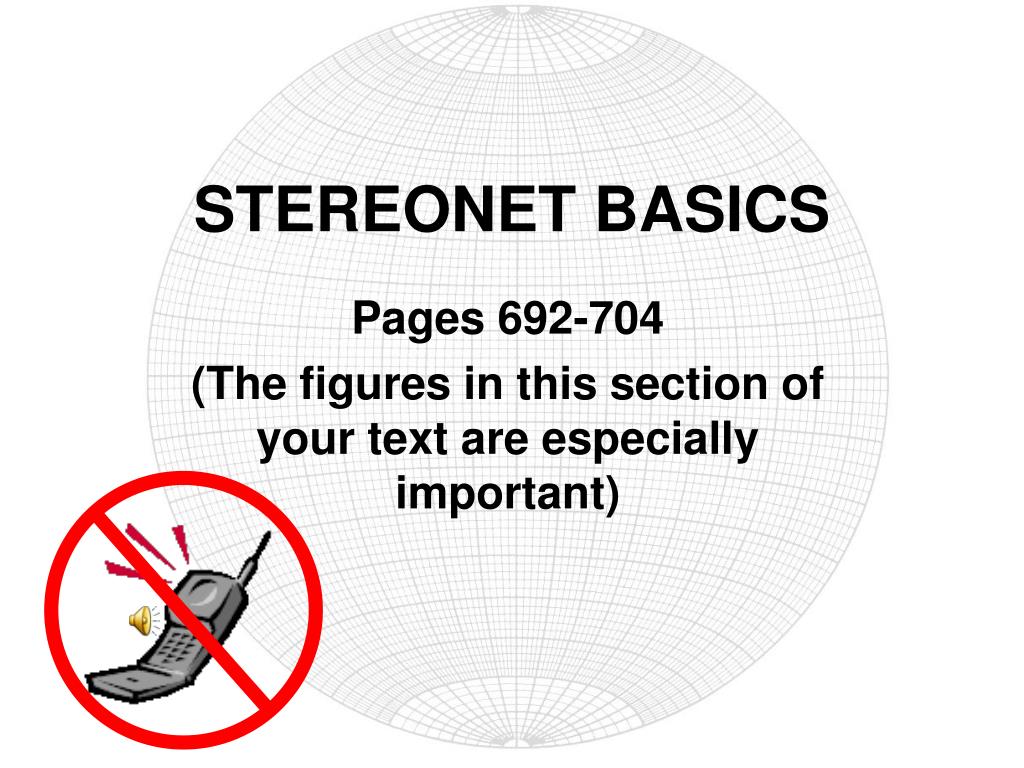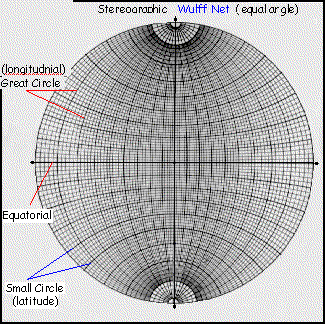When it comes to geology and coding, the stereographic projection is a powerful tool that allows professionals to visualize and analyze geological data. Today, we delve into this fascinating topic and explore some helpful resources for understanding stereonets.
Stereographic Projection: A Valuable Geologic Tool
The stereographic projection is a cartographic technique used in geology to represent 3D data on a 2D plane. It is particularly useful for analyzing structural data, such as geological features like faults, folds, and mineral orientations. By projecting these features onto a stereonet, geologists can gain valuable insights into the spatial relationships and orientations of various geological elements.
 One resource that offers a treasure trove of information on the subject is a tweet by Frederik Vanhoutte. In this tweet, you will find a stereographic projection image that beautifully demonstrates the power of this technique. The image showcases the coding abilities required to create such projections, which emphasizes the interplay between technology and geology.
One resource that offers a treasure trove of information on the subject is a tweet by Frederik Vanhoutte. In this tweet, you will find a stereographic projection image that beautifully demonstrates the power of this technique. The image showcases the coding abilities required to create such projections, which emphasizes the interplay between technology and geology.
Learning Through Visualizations: Stereonets on YouTube
If you prefer a more interactive learning experience, YouTube offers a plethora of videos on stereonets. One such video, titled “Stereonets I Part 2,” dives deeper into understanding and utilizing stereonets effectively in geologic analysis.
 Another useful resource available on YouTube is a tutorial titled “Stereonet Projection | How to Draw a Stereonet.” This step-by-step video guide walks you through the process of creating a stereonet, enabling you to acquire practical skills for applying this projection technique in your geological investigations.
Another useful resource available on YouTube is a tutorial titled “Stereonet Projection | How to Draw a Stereonet.” This step-by-step video guide walks you through the process of creating a stereonet, enabling you to acquire practical skills for applying this projection technique in your geological investigations.
 Visual Tools: Wulff Net/Stereonet and PowerPoint Presentations
Visual Tools: Wulff Net/Stereonet and PowerPoint Presentations
For those who prefer visual aids and hands-on learning, the Wulff Net/Stereonet provides an excellent platform. With this tool, you can explore various geological phenomena, such as symmetry and stereonets, and gain a deeper understanding of their significance in geologic analysis.
 Additionally, PowerPoint presentations like “Symmetry and Stereonets” and “Stereonet Basics” offer informative overviews of the topic. These presentations can be downloaded for free and provide valuable insights into the construction and interpretation of stereonets.
Additionally, PowerPoint presentations like “Symmetry and Stereonets” and “Stereonet Basics” offer informative overviews of the topic. These presentations can be downloaded for free and provide valuable insights into the construction and interpretation of stereonets.

 Practical Applications: Stereonet Templates and Printable Resources
Practical Applications: Stereonet Templates and Printable Resources
For geologists who prefer tangible resources that can be used in the field, stereonet templates are invaluable. One example of such a template is provided in the image below:
 These templates allow geologists to sketch and take notes directly on the stereonet. They serve as quick references during fieldwork, providing a practical tool for interpreting complex geological structures.
These templates allow geologists to sketch and take notes directly on the stereonet. They serve as quick references during fieldwork, providing a practical tool for interpreting complex geological structures.
Furthermore, printable stereonets are available online, such as the one shown here:
 These printable resources are useful for both educational purposes and practical applications in field studies where a physical copy of a stereonet is required.
These printable resources are useful for both educational purposes and practical applications in field studies where a physical copy of a stereonet is required.
Conclusion
The stereographic projection, with its ability to convert complex 3D geological data into manageable 2D representations, is an invaluable tool in geology. Whether you prefer visual tutorials on YouTube, interactive tools like the Wulff Net/Stereonet, or printable resources, there are numerous options available to help you understand and utilize stereonets effectively. So why not explore these resources, enhance your geologic knowledge, and uncover the hidden insights that stereonets can reveal?